Delhi is smothered in a blanket of thick smog. Fierce dust storms in the Middle East have blown across the subcontinent, exacerbating the usual pollution. With a population the size of Australia occupying greater Delhi, the traffic is chaotic. The drive from the new Indira Gandhi international airport is like an interminable dodgem car ride with the incessant horns serving as an informal sonar system, warning drivers and riders that the slightest opening in the tangled wall of traffic is about to be occupied by another vehicle.
I am visiting India with a group of parliamentarians – Derryn Hinch, Kimberley Kitching and Meryl Swanson, accompanied by the Tibetan representative in Australia, Lhakpa Tshoko – as the guests of the Dalai Lama and the Central Tibetan Administration. Our first day is in Delhi to meet with the spiritual leader of the Tibetan Buddhists before flying to the northern city of Dharamsala. Some figures have been a part of our consciousness for so long they are instantly recognisable. The 82 year-old Dalai Lama is one such person. The familiar smiling face greets us from the door of the suite where he has been staying overnight, a break in his hectic round of journeys throughout India and the world. I first met His Holiness during his visit to Canberra 25 years ago. His demeanour seems unchanged.
Our 45 minute conversation ranges over a variety of topics, with the situation in Tibet top of the agenda. He remains hopeful that the land from which he and many compatriots fled Chinese occupation in 1959 will again be the peaceful sanctuary of Tibetan culture, language and religion, free from oppression.
Dharamsala is a sprawling city in the foothills of the Himalayas. More than 2,000 metres above sea level, the hilltop settlement is dwarfed by the great mountain range that towers above it. The drive from Kangra airport in the valley below takes over an hour; the narrow, often single-lane, roads climbing at gradients of up to 25 per cent. The view from our hotel at Mcleod Ganj is breathtaking, with the Himalayas so close you feel you can reach out and touch them, and the valley dropping steeply away below. Meetings with Ministers of the Central Tibetan Administration, the Deputy Speaker of the Parliament-in-Exile, and other officials are interspersed with visits to schools, health centres and cultural activities. Since 1959, tens of thousands of Tibetans have risked their lives escaping across the high snow-covered passes to India. Many have perished in the attempt.
The Tibetan Children’s Village is a testament to their quest for freedom and a better way of life for future generations. Started in 1960 with just 51 children in a single room, many of them orphans whose parents had perished in their quest for freedom – the extensive hostel and school has now educated some 50,000 young people. Many have become leaders of the Tibetan community.
Dharamsala was chosen as a safe haven for the Dalai Lama, who until recently was both the spiritual and temporal leader of Tibet. In 2011, he renounced the temporal role, handing it to an elected parliament and government in exile. It is a tribute to the generosity of the Indian people that they have welcomed the Tibetans into their nation. The hilltop settlement was a British colonial outpost. Two structures are a reminder of that past. The Anglican Church of St John in the Wilderness built in 1852 in a steep grove of Himalayan cedars, is one of the few buildings to have survived the destructive 1905 earthquake. A memorial to James Bruce, the Earl of Elgin and the second Viceroy and Governor-General of India, who died at Dharamsala, stands outside the bluestone Church.
The other reminder of the Colonial history is the Himachal Pradesh Cricket Oval. With the snow-capped Himalayas towering above the manicured green turf, surrounding stands and the red-roofed pavilion, there is no more spectacular cricket venue in the world. Where else could the commentator colourfully describe the bowler running in from the Himalayas end? For aficionados of the sport, a test or one-day international at Dharamsala is a bucket list item.
Our last two days in India include meetings with Indian parliamentarians and a relaxed, informal dinner with the President of the Central Tibetan Administration, Lobsang Sangay. Educated in India and at Harvard, he gave up an Ivy League career to become the political leader of the Tibetan people. Warm, intelligent and friendly, he speaks passionately about the plight of his people and their desire for a middle way between independence and oppression.
Our last day is spent in Delhi with an extraordinary Australian, Jossy Chacko. Of Indian descent, he has devoted his considerable business acumen to establishing, funding and operating a major network of schools, health, welfare and other charitable services in India. Now employing some 7,000 people, Jossy’s inspirational efforts have improved the lives of tens of thousands of poor Indians. Coming from the political milieu of many superficial, excitable individuals who lack equanimity and who relentlessly seek self-advancement, it was uplifting to spend time with people who pursue the virtues of wisdom, understanding and enlightenment and who measure success through the lives of others.
Despite the economic progress of the nation under Narendra Modi, India continues to face considerable challenges. Forty-six per cent of the population remains illiterate; and the caste system restricts opportunity and suppresses aspirations. The latter remains one of India’s greatest barriers to equality and advancement for all her people.
Got something to add? Join the discussion and comment below.
Get 10 issues for just $10
Subscribe to The Spectator Australia today for the next 10 magazine issues, plus full online access, for just $10.
You might disagree with half of it, but you’ll enjoy reading all of it. Try your first month for free, then just $2 a week for the remainder of your first year.

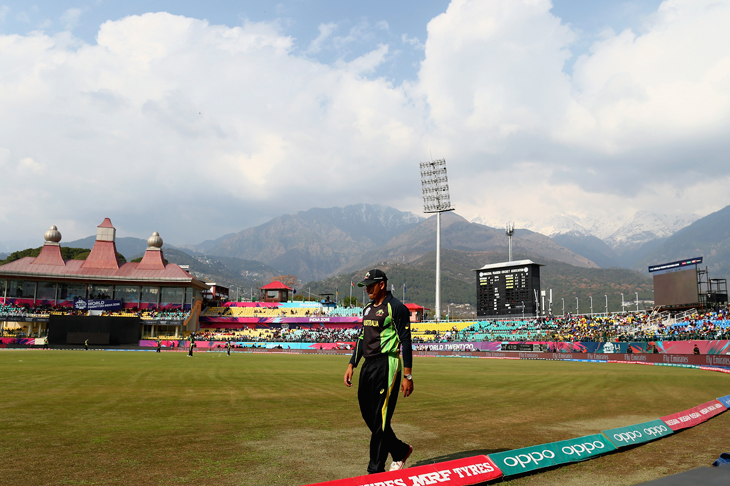
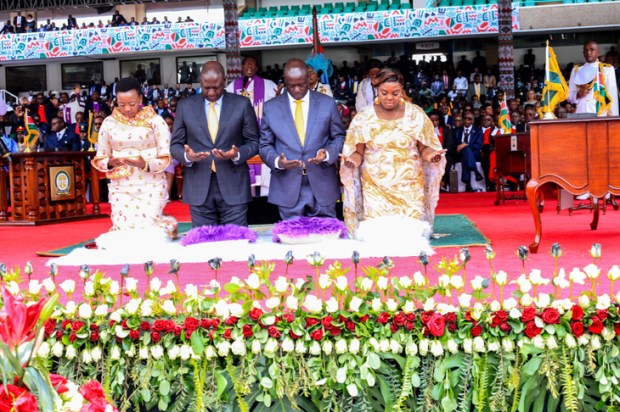
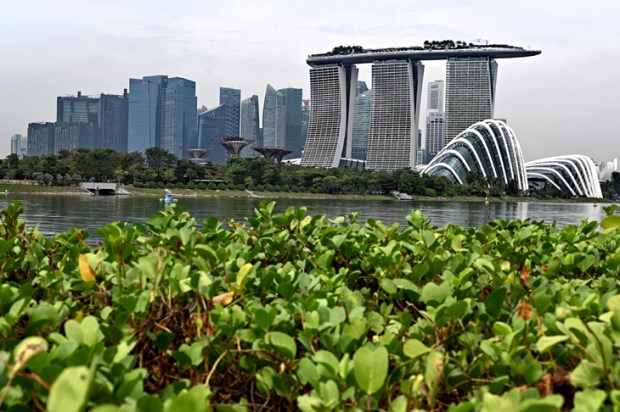
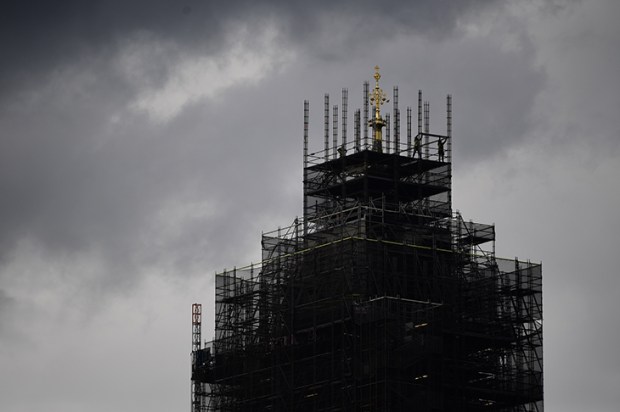
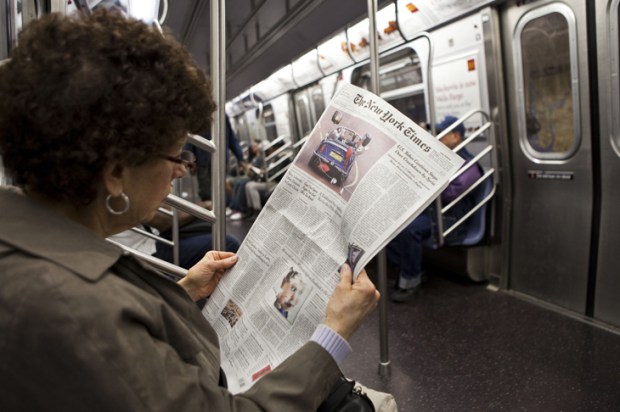
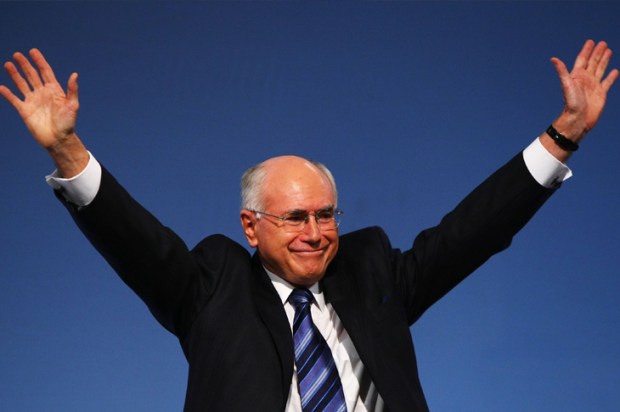
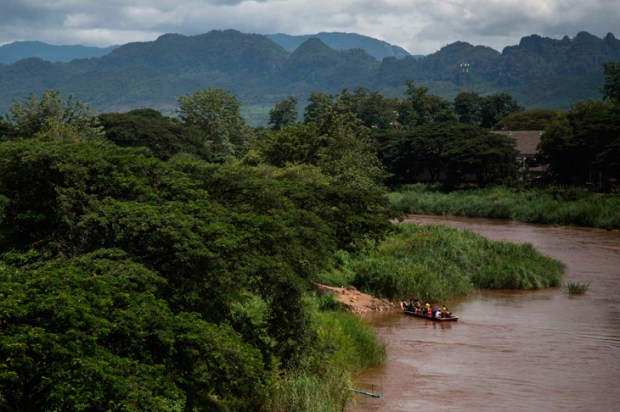






Comments
Don't miss out
Join the conversation with other Spectator Australia readers. Subscribe to leave a comment.
SUBSCRIBEAlready a subscriber? Log in